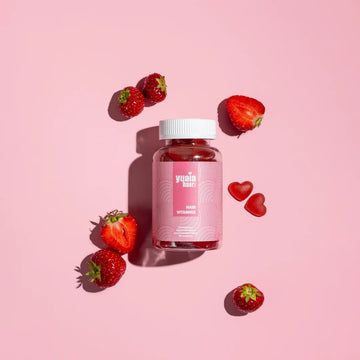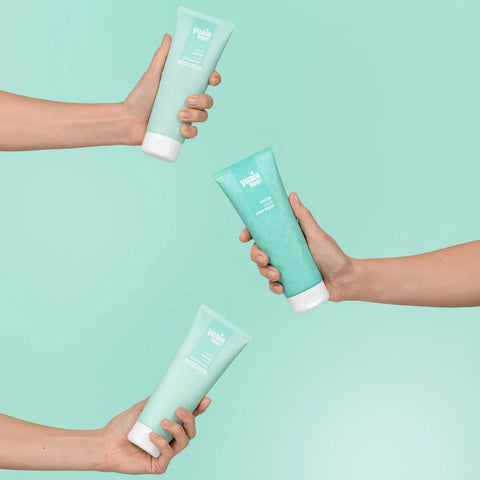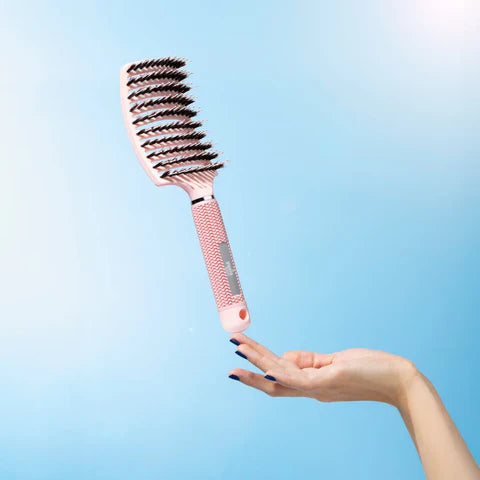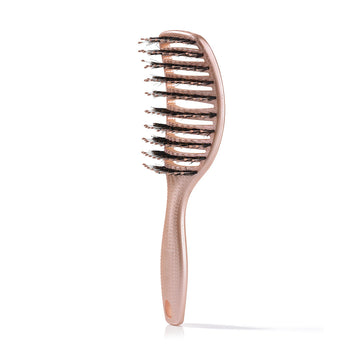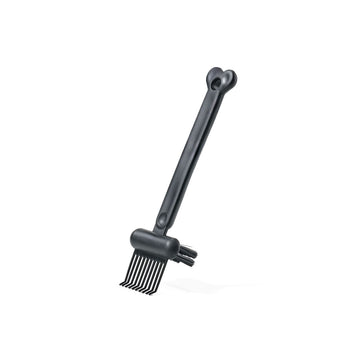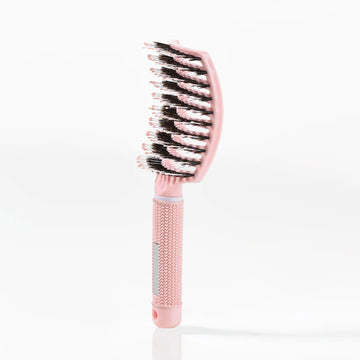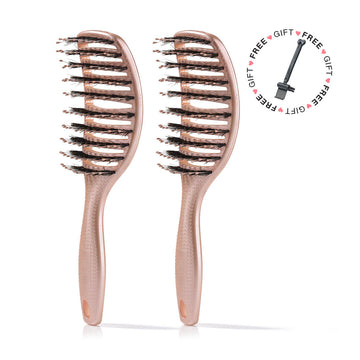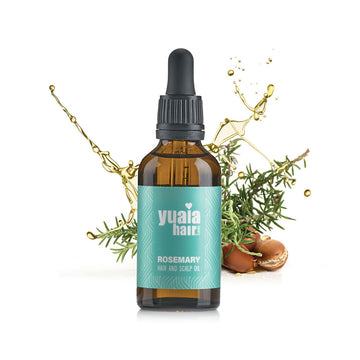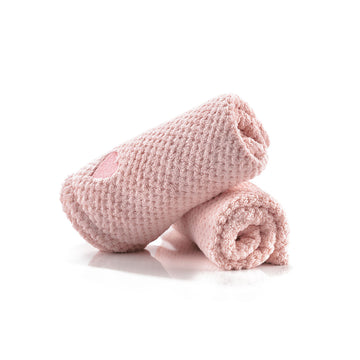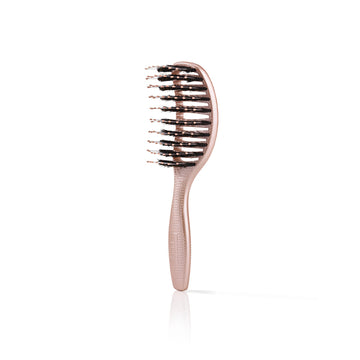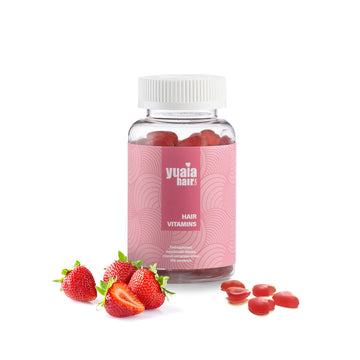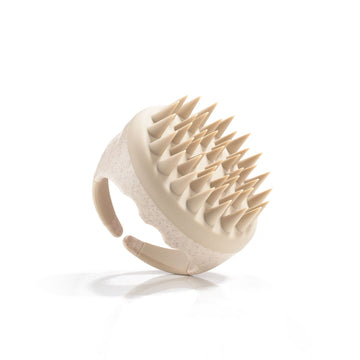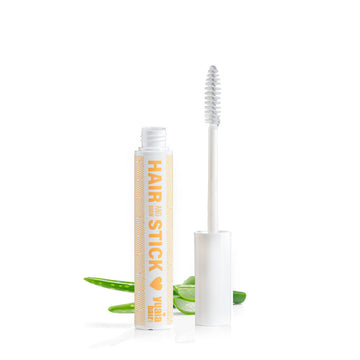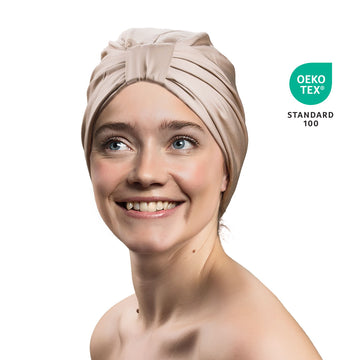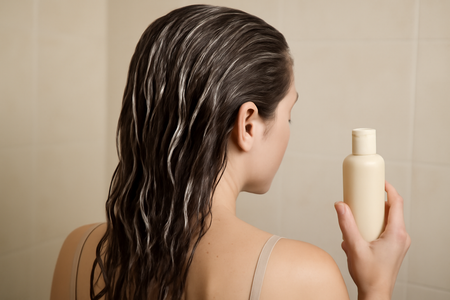
Understanding Conditioner Types
Before diving into the specifics of timing, it's important to understand the different types of conditioners available. Generally, conditioners can be categorized into three types: rinse-out, deep conditioners or masks, and leave-in conditioners. Each type serves a unique purpose and requires different application times to achieve the best results. In the following sections, we'll explore these types further and provide guidance on how to use them effectively.
Standard Rinse-Out Conditioners: Quick and Effective
Standard rinse-out conditioners are a staple in many hair care routines, offering quick and effective results. Typically, these conditioners should be left in the hair for about 2–3 minutes. This timeframe allows the conditioner to provide adequate moisture and detangling benefits without causing buildup or heaviness. For those with thicker or more textured hair, extending the time to about 5 minutes can enhance the conditioning effect, but it's important to avoid going beyond this, as it may lead to greasiness or a weighed-down feel.
Deep Conditioners and Hair Masks: Intensive Care
Deep conditioners and hair masks are formulated to provide intensive hydration and repair, making them ideal for hair in need of extra care. These treatments are typically left in the hair for 10–30 minutes, depending on the product instructions and your specific hair needs. This extended time allows the nourishing ingredients to penetrate deeply, offering a more thorough conditioning experience. For those with extremely dry, thick, or color-treated hair, a longer duration within this range can be beneficial. However, it's crucial to follow the product guidelines to avoid over-conditioning.
Leave-In Conditioners: Ongoing Nourishment
Leave-in conditioners are designed to remain in the hair until the next wash, providing continuous moisture and ease of styling. These products are particularly beneficial for maintaining hydration throughout the day and can be an excellent choice for those with dry or curly hair. By applying a leave-in conditioner, you can enjoy added protection and manageability, making styling more effortless while keeping your hair nourished.
Application Tips for Optimal Results
For the best results, apply conditioner from mid-length to ends, steering clear of the scalp unless the product specifically indicates otherwise. Using warm water to open the hair cuticles before application can enhance the absorption of the conditioner. Once the conditioner has been left in for the recommended time, rinsing with cool water helps seal the cuticles, locking in moisture and promoting shine.
Hair Type Considerations
When determining how long to leave conditioner in your hair, it's important to consider your hair type. For fine hair, sticking to the lower end of the recommended time range can prevent over-conditioning. Thicker or curly hair may benefit from a slightly longer duration, allowing the conditioner to fully penetrate and hydrate. Additionally, understanding your hair's porosity can help tailor your conditioning routine. High porosity hair tends to absorb moisture quickly and may require less time, while low porosity hair might benefit from a longer application to ensure proper absorption.
For those seeking intensive hydration, our Rosemary Hair Oil can complement your conditioning routine. This product is infused with natural oils that help nourish and strengthen hair, making it an excellent addition for those looking to enhance their hair's health and manageability.
Environmental and Ingredient-Conscious Approaches
Incorporating eco-friendly practices into your hair care routine can make a significant difference. Using products made with natural ingredients not only benefits your hair but also the environment. This approach not only aligns with sustainable practices but also ensures that your hair receives the nourishment it needs within the recommended timeframe.
Frequently Asked Questions
How does hair porosity affect conditioning time?
Hair porosity refers to your hair's ability to absorb and retain moisture. High porosity hair absorbs conditioner quickly, often requiring less time for optimal results. In contrast, low porosity hair may need a bit more time to allow the conditioner to penetrate effectively.
Can I leave conditioner in overnight?
Leaving conditioner in overnight is generally only recommended for specific hair types, such as extremely dry, thick, or color-treated hair. However, for fine hair, this practice might lead to over-conditioning, resulting in a greasy or heavy feel.
What happens if I leave conditioner in too long?
Leaving conditioner in for too long can lead to greasiness or a weighed-down appearance. It's important to follow the recommended timing for each product to avoid these issues and ensure your hair remains light and manageable.
How can I tell if I've rinsed out the conditioner properly?
To check if you've rinsed out the conditioner properly, run your fingers through your hair. If it feels slippery or has residue, it might need more rinsing. Using cool water for the final rinse can help remove any remaining product and seal the hair cuticle for added shine.
 2-4 day UK delivery
2-4 day UK delivery
 25.000+ satisfied customers
25.000+ satisfied customers
 Satisfaction Guarantee
Satisfaction Guarantee

